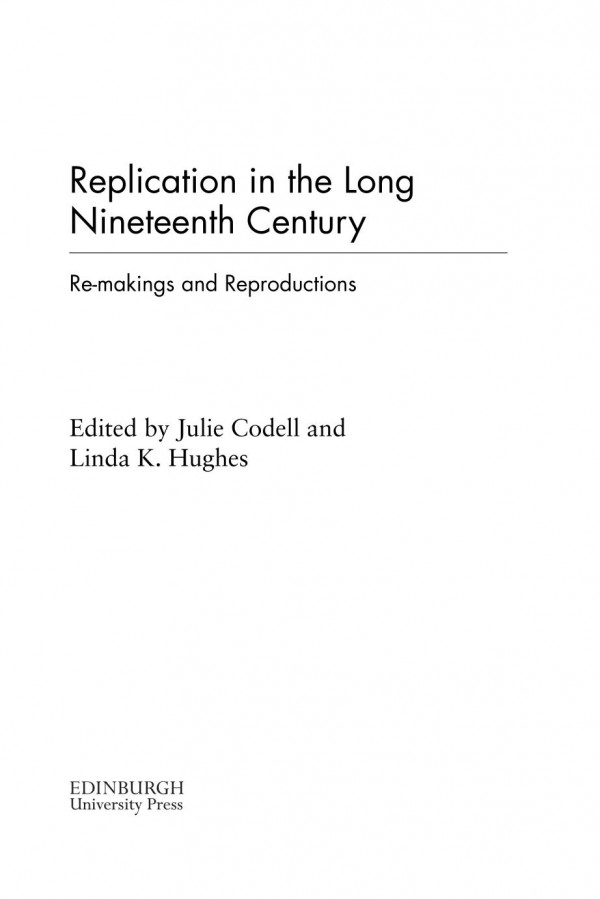

Most ebook files are in PDF format, so you can easily read them using various software such as Foxit Reader or directly on the Google Chrome browser.
Some ebook files are released by publishers in other formats such as .awz, .mobi, .epub, .fb2, etc. You may need to install specific software to read these formats on mobile/PC, such as Calibre.
Please read the tutorial at this link: https://ebookbell.com/faq
We offer FREE conversion to the popular formats you request; however, this may take some time. Therefore, right after payment, please email us, and we will try to provide the service as quickly as possible.
For some exceptional file formats or broken links (if any), please refrain from opening any disputes. Instead, email us first, and we will try to assist within a maximum of 6 hours.
EbookBell Team

4.4
82 reviewsThis landmark study explores replication as a nineteenth-century phenomenon. Replication, defined by Victorian artists as subsequent versions of a first version, similar but changed, occurred in art, literature, the press, merchandising, and historical reproductions in architecture and museums. Replication also shaped scientific concepts in biology and geology and scientific practices in laboratories that repeated experiments as part of the scientific method. Fourteen case studies map a range of nineteenth-century replication practices and associations across art, literature, science, media and material culture. While replication stirred imaginations as well as anxieties over the industrialisation that produced a modern mass culture, Replication in the Long Nineteenth Century suggests, nonetheless, that this phenomenon is a forerunner of our contemporary digital culture.